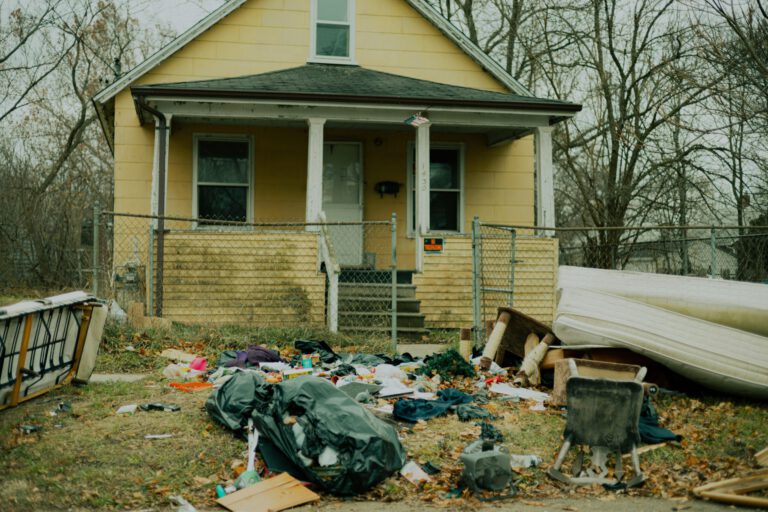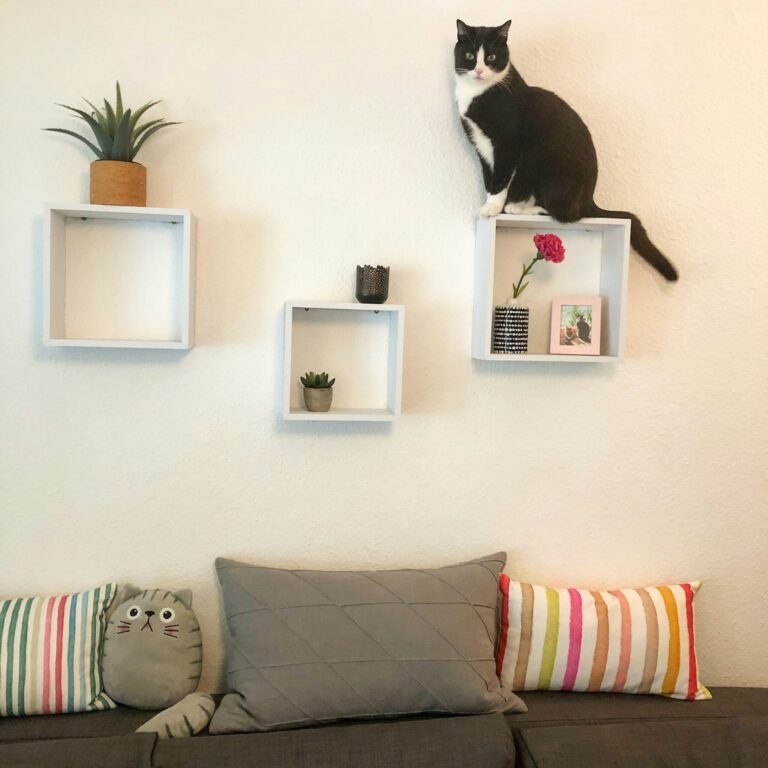Why I Started Making My Home More Energy-Efficient
I never thought much about my energy bills. They came every month, I paid them, and that was that. But one winter, I opened my heating bill, and my jaw dropped. It was double what I had paid the previous year. That’s when I realized: I needed to make some changes.
Over the past year, I’ve worked on several small (and a few big) energy-efficient upgrades in my home. Not only have they lowered my monthly bills, but they’ve also made my home more comfortable and environmentally friendly. In this post, I’ll share the upgrades that worked best, how they helped, and some tips if you’re thinking about doing the same.
Why Energy Efficiency Matters
Before diving into the upgrades, let’s talk about why this even matters:
- Save Money: Energy-efficient homes cost less to run. Period.
- Increase Comfort: Drafty rooms, uneven temperatures, or poor lighting can often be fixed with better systems.
- Protect the Environment: Using less energy reduces your carbon footprint.
- Boost Resale Value: Buyers are looking for efficient homes with lower running costs.
Upgrade 1: Switch to LED Lighting
My Experience
This was the easiest upgrade I made. I replaced every old incandescent and CFL bulb in my home with LED bulbs.
At first, I worried they’d look too harsh or cold, but today’s LEDs come in a wide range of warm and natural tones. They also last years longer I haven’t had to change a bulb since.
The Savings
According to the U.S. Department of Energy, LEDs use at least 75% less energy and last 25 times longer than traditional bulbs. For me, I noticed about a 5–10% drop in my monthly electric bill after changing all the lights.
Upgrade 2: Install a Smart Thermostat
My Experience
I installed a smart thermostat (I went with the popular Nest model), and it completely changed how I manage heating and cooling.
Before, I’d leave the heat running all day when I wasn’t home or forget to adjust it at night. Now, the smart thermostat learns my routine, adjusts automatically, and I can control it from my phone.
The Savings
Within three months, my heating and cooling bills were down by about 15–20%. Over the course of a year, that adds up significantly. Plus, the app shows you energy reports so you can keep improving.
Upgrade 3: Seal Drafts and Insulate
My Experience
One weekend, I walked around my home with a candle to test for drafts. Around the windows, doors, and attic, the flame flickered — meaning air was leaking in and out.
I added weatherstripping, used caulk on gaps, and added extra insulation in the attic. It was a sweaty DIY job, but absolutely worth it.
The Savings
By sealing leaks and insulating properly, the U.S. EPA estimates you can save up to 15% on heating and cooling costs. I noticed my rooms stayed warmer in winter and cooler in summer — without cranking the systems.
Upgrade 4: Upgrade Old Appliances
My Experience
This one cost more upfront but had a big impact. My old fridge and washing machine were energy hogs. I saved up and bought ENERGY STAR-rated replacements.
Not only are they more efficient, but they also perform better (the fridge keeps things colder and the washer spins clothes drier, cutting down dryer time).
The Savings
ENERGY STAR appliances can save 10–50% in energy use compared to older models. Over time, they pay for themselves in lower utility bills.
Upgrade 5: Add Solar Panels (Optional, But Powerful)
My Experience
I haven’t personally installed solar panels (yet), but several neighbors on my street have, and I’ve learned a lot from them. Solar has upfront costs, but many states offer rebates, tax credits, and financing options that make it more accessible.
One neighbor told me his panels cut his electric bill to almost zero, and some months, the electric company even credits him for sending power back to the grid.
The Savings
Solar savings vary by location and setup, but over 20–30 years, homeowners can save tens of thousands of dollars on energy costs.
Step-by-Step: How to Start Your Own Energy-Efficient Remodel
Step 1: Get an Energy Audit
Many utility companies offer free or low-cost energy audits. An expert will assess where your home is losing energy and give you a roadmap for improvements.
Step 2: Prioritize Easy Wins
Start small: replace bulbs, seal drafts, adjust thermostat settings. These require minimal investment but deliver noticeable savings.
Step 3: Plan for Bigger Upgrades
If you’re ready to invest more, look at smart thermostats, appliance upgrades, and eventually solar panels. Consider local incentives and rebates.
Step 4: Track Your Bills
Keep a spreadsheet or use an app to monitor your monthly bills. This will help you see the impact of your changes and stay motivated.
My Journey Toward a More Efficient Home
Making my home energy-efficient wasn’t about going “off-grid” or spending thousands overnight. It was about small, smart steps that added up over time.
If you’re just starting, pick one or two easy upgrades (like LED bulbs or weatherstripping) and go from there. You’ll not only save money but also create a more comfortable, eco-friendly home.
Want help planning your own upgrades?
Feel free to explore the other guides on the blog — I’m sharing everything I’ve learned to help you make your home better, one project at a time.
fdwwf




